
Plan For Trekking
Weather & Climate Zone
Mount Kilimanjaro is a wide park.
Five climate zones are distinctly contained in the region.
ZONE 1 : Rain Forest
It’s a green tropical area of the mountain with so many types/species of plants and
wildlife animals. It’s always warm and humid. The forest enriches the mountain
just like an 'old man's beard'. Colobus monkeys and baboons are also likely to be seen here.
Elevation: 1,800 m - 2,800 m
Temperature: 21 C - 25 C
ZONE 2 : Heath
This zone is a ‘Gift for the eyes.’ Magnificent views, to be witnessed as soon as you
enter this zone. It is characterized by tussock grasses, giant heathers and scrubby shrubs.
This zone is drier than Forest Zone and it is more alike to Scottish highlands.
Elevation: 2,800 m - 3,400 m
Temperature: 10-27 C
ZONE 3 : Moorland
The moorland extends heath zone's vegetation type, such as the alien-looking giant
groundsels that tower overhead. Plants in this region develop an adaption mechanism which
helps them to thrive under severe environmental conditions such as quite low temperatures.
Elevation : 3,400 m - 4,000 m
Temperature: 0-10 C
ZONE 4 : Alpine
It is a barren region with scarcity of water characterized by few plants which survive in
desert-like environment. This zone consists of rocky landscape and panoramic views.
Elevation : 4,000 m - 5,000 m
Temperature: 0 - (-4) C
ZONE 5 : Arctic
This zone is dominated by huge glaciers and large boulders. The area is dry and cold,
characterized by temperature well below freezing point during night hours. Intense
sunlight during daytime is also expected.
Elevation: 5,000 m-5,890 m
Temperature: - 4 - (-12) C
Acclimatization
It is not only a matter of physical fitness which guarantees reaching the top of highest mountains
which goes above 4,000 meters. At high altitude amount of oxygen goes down below normal
average intake, so it is very easy to develop altitude sickness which mostly is characterized
by persistent headaches. Ascending up to a certain elevation and descending to lower
elevation for overnight is called ‘Acclimatization.’
“Go high sleep low” is the motto. This process facilitates success summits in our climbs.
Our packages ensure that you’ll have at least
one to two days to acclimatize properly.
We really love to summit with our trekkers and acclimatization is the key
bridge to success summit. We advise our clients to hike in areas which go above
3,000 meters to adapt to the weather before trekking to Mt. Kilimanjaro.
Safety
Travel insurance covering hiking at this altitude is of outmost importance.
Hiking on high mountains involve dangers like accidents or medical problems.
So it is essential that risks like these are being covered within an insurance.
Our guides and the rest of the personnel are well trained to make that every step our trekkers
take is safe. They are certified with WFR (Wilderness First Respondents) and First Aid Instructors certificates. "Safety is our priority, and summits are achievements we strive under highest
possible safety". We ensure that the number of guides per climb meet the standards
of Parks as well as number of crew per pax.
What to Pack?
Clothing: Insulated down Jacket, Synthetic T-shirts, Fleece Sweater, glove liners with proof gloves,
pair of leggings, warmer hiking pants, sun hat, balaclava, long sleeve shirts, hiking pants,
leg gaiters, wind pants, wind jacket.
Gear: Mittens, battery bank, pocket knife, Walking shoes, trekking waterproof boots, back pack,
UV blocking sunglasses, 3 nelgens, headlamp, trekking poles, duffle bag, sleeping pads.
Flying to Tanzania
While visiting Tanzania, visitors are required to have a valid passport with at least 6 months before its expiration. Visa can be obtained for $50 and $100 for US citizen.
Visa can also be obtained after arriving at airport but we recommend obtaining Visa in advance
of landing to avoid odd circumstance. There is also online service for obtaining Visa but we strongly recommend to consult your embassy or your visa agency to be assured before obtaining it.
What to Know before Traveling
Main languages are Swahili and English. Credits cards are not mostly used.
We recommend travel insurance which covers evacuations.
Only TZS can be withdrawn from ATMs. Visa is obtained upon arrival on cash.
When Is The Best Time To Climb?
Selecting the appropriate time to climb the mountain is necessary because of the divergence
of environmental conditions form the base to the summit of the East African Mountain.
Why Selection of Season for Climbing Kilimanjaro is Important.
A person taking up the challenge of climbing the tallest free-standing mountain of the world
has to experience diversities of climates and temperatures. The temperature varies from
90 degrees to 10 degrees Fahrenheit from the base to the summit. In addition; the path is full of
glaciers and ice fields. It could be a difficult proposition to encountering such areas during
scorching summer with melting ice, in the rainy season when the path could be too slippery, or winter
when the climate could be unbearable. Therefore, the selection of the right season is important.
Ideal Time for Kilimanjaro Hike
The ideal time for the Kilimanjaro hike is the month of September when the climate is friendly and challenges are fewer in comparison. That is why it is the most popular month for the hikers and other visitors to arrive in the area. The only necessity for the prospective climber and hiker is to choose the route carefully so as to avoid the crowd and for this, a trusted organizer can provide the best help for the climber.

Copyright © Kilimanjaro Guru Expeditions 2023| All rights reserved

